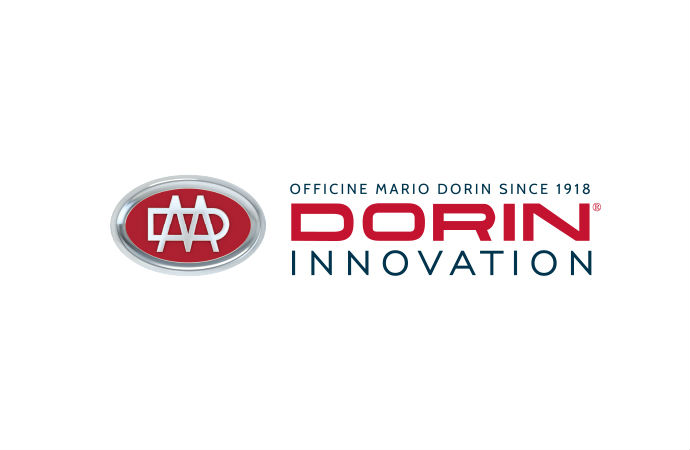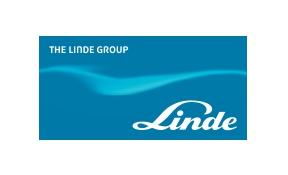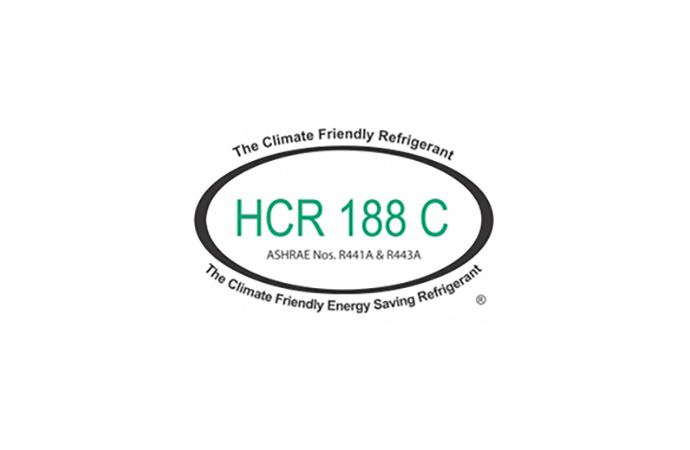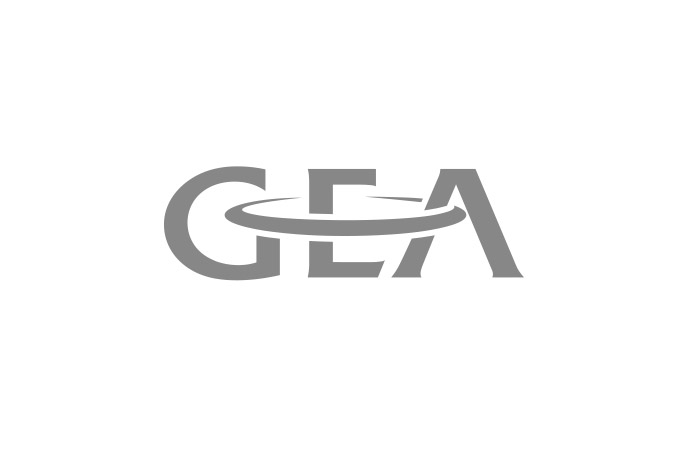During ATMOsphere Europe, Martin Graz, Technical Director, and Gunnar Busse, Business Director North America, both from Obrist Engineering, held a presentation on their latest product: TESS, a safety system to replace R134a with low-GWP and high-efficient hydrocarbon (HC) in mobile air-conditioning (MAC).

Obrist Engineering's target with their safety strategy for HC MAC is to offer a low-cost, high-efficient and safe solution. In order to achieve these objectives, they have worked on a global solution for HC MAC, reducing the refrigerant charge and improving the safety, in the engine and cabine compartments, but also through better equipment and training.
TESS in details
The Thermal Event Suppression System (TESS) developed by Obrist Engineering for the engine compartment is a bottle which contains an aerosol compound, cooling zone and exit ports, as shown on the graph below:

It has three activation levels:
-
signal from crash sensor
-
signal from AC system (pressure release)
-
direct active by heat (fire)
The non-pressurised aerosol gets ignited by 0,5 Amps or temperatures above 280°C. When ignited, TESS creates aerosol particles in micron size, based on potassium nitrate. The chemical reaction of mainly calium radicals with the free radicals in the fire zone suppressed the fire, as shown on the graph below:

“In case of a vehicle crash, if you use these physics, you would activate the system before any fire is in the engine compartment. That means that the engine compartment would be flooded by aerosols, so that a fire won't even start,” said Gunnar Busse, Business Director North America.
Reducing the refrigerant charge
Obrist Engineering has investigated on several natural refrigerants, single substances but also mixtures. They have calculated their COP, refrigerant charge and maximum cooling performance. R436B (hydrocarbon mixture of 52% of propane (R290) 48% of isobutene (R600a)) got the best results. “R436B shows better results in all categories, with 18% higher COP, 12% higher maximum cooling performance and 57% less charge when compared to R134a” said Martin Graz, Technical Director, Obrist Engineering. “57% less charge also means 57% cost savings by the use of R436B instead of R134a, as both cost around $6/kg (€4,4/kg). In addition, R436B is a drop-in solution.”
EU legal refrigerant situation for MACs
The Directive 2006/40/EC relating to emissions from air-conditioning systems in motor vehicles has set deadlines in the coming years:
-
By 2011, no type approval for new platforms for refrigerant with GWP above 150 shall be granted by EU Member States
-
By 2017, no vehicle approval for refrigerant with GWP above 150
The problem is that today's most commonly used refrigerant, R134a, has a GWP above 1.400. This means that a new refrigerant is required by 2011, latest by 2017.
About Obrist Engineering
OBRIST Engineering focuses on the development of environmentally friendly systems using CO2 and hydrocarbons as the refrigerant and components for cooling and heating, with a stronghold in the automotive market.
MORE INFORMATION
Related stories




















